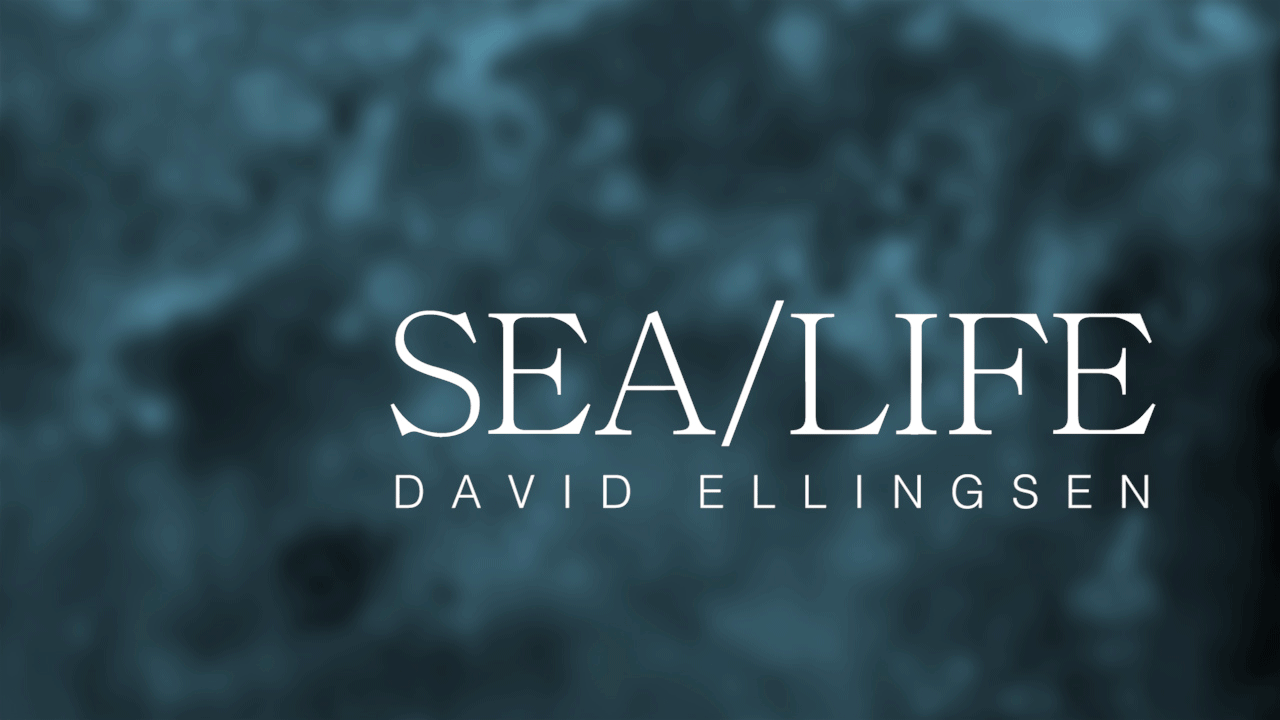Life is Relationship
Rex Weyler
In North America, the public equates the Exxon Valdez oil spill with the largest ecological disaster in recent memory, but over 30 oil spills are larger than the tragedy in Prince William Sound. The 2010 British Petroleum Deepwater oil well blowout in the Gulf of Mexico spilled about 20 times more crude oil – 5 million barrels, 210 million gallons – than the Exxon Valdez spilled, changing the Gulf marine ecosystem for centuries to come.
Over the last several decades, the North Sea has endured about one significant oil spill each week from drilling rigs and wells. Meanwhile, more oil is spilled into the oceans each year from what the industry calls “normal spillage” – the operation of tankers, pipelines, and refineries – than from the large, dramatic oil spills. Regions of the ocean floor remain saturated with crude oil, killing off shellfish and burrowing or bottom-dwelling species.
The pollution, acidification, bottom-dragging fishnets, and increased ocean temperature combine to kill off coral reefs, especially small, branching varieties. Three quarters of the word’s coral beds are in decline. The Caribbean Sea has lost about 80 percent of its coral. Marine biologists estimate that by 2050 most coral beds will be gone, with only remnants in the North Sea and Pacific. In that case, millions of marine species will go extinct.
Pollution and ocean acidification also impact algae production and other primary marine organisms. Typical of ecosystem feedback in nature, the decline of coccolithophore algae affects ocean cloud cover, thereby changing Earth’s reflective quality – or albedo – which in turn accelerates global warming. In nature, no organism or process exists in isolation. Strictly speaking, from the perspective of scientific observation, nature is not a collection of things at all, but rather a pattern of relationships.
Our relationship with the oceans has grown somewhat dysfunctional.
Our civilization, with its glorious monuments to human intellect and imagination, still struggles to find its appropriate relationship with the biosphere and the non-human creatures, with whom we share the world. A great transformation may yet bring us back toward paradise, but any such social transformation must start with a new vision of the world. History teaches us that such paradigm-shifting social revolutions are not led by politicians and elites, but by outcasts and artists.
Photographic artist David Ellingsen has chosen to embrace our conflict with nature rather than ignore it. His art accepts a nagging inconsistency between our love for nature’s gifts and the damage we inflict on those gifts. Ellingsen was raised on an island, off the west coast of Canada, on a farm, in forests, surrounded by the sea. His artistic life led him into the heart of great cities, hubs of speed, light, and culture. These images suggest a journey back to nature, a journey that ultimately awaits us all. These images, however, do not provide a taxonomist’s record of sea life, but rather appear to probe some forgotten mystery, a reciprocity of beauty and death that lurks in every living creature. In this way, Ellingsen’s art may aid us in finding our lost place in nature’s grand, dynamic dance of living patterns.
These images help us reflect on our relationship with these ocean creatures. The stunning photographs provide more than typically bright, colourful images of nature. Rather, these images awaken something deeper and more disturbing within the artist and the viewer. This disturbance may serve to awaken within us a new relationship with the sea and with the natural world around us.

